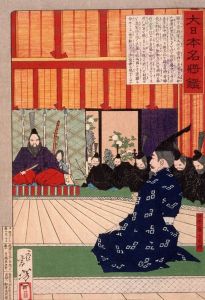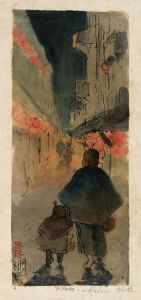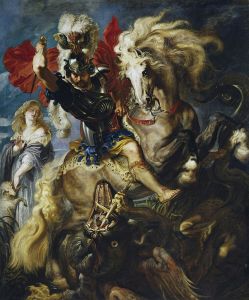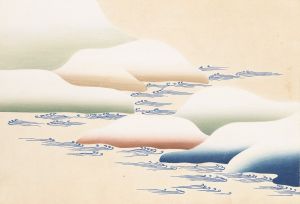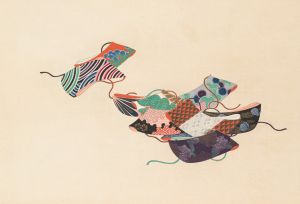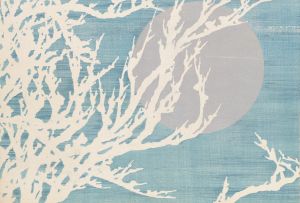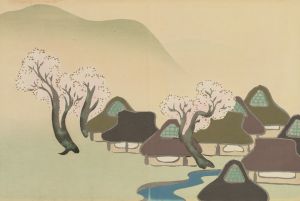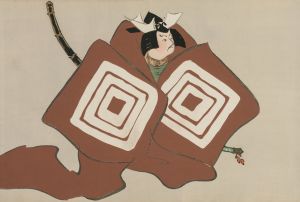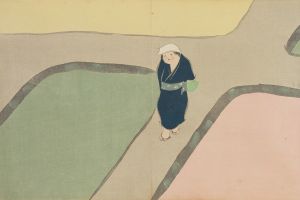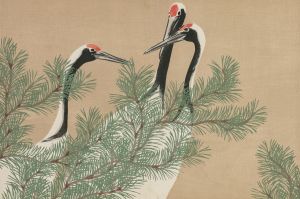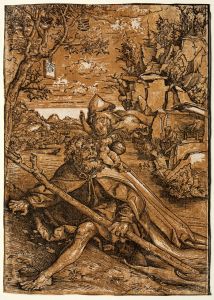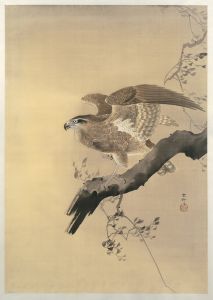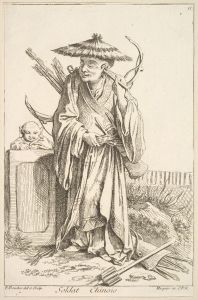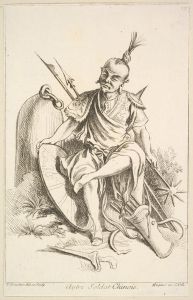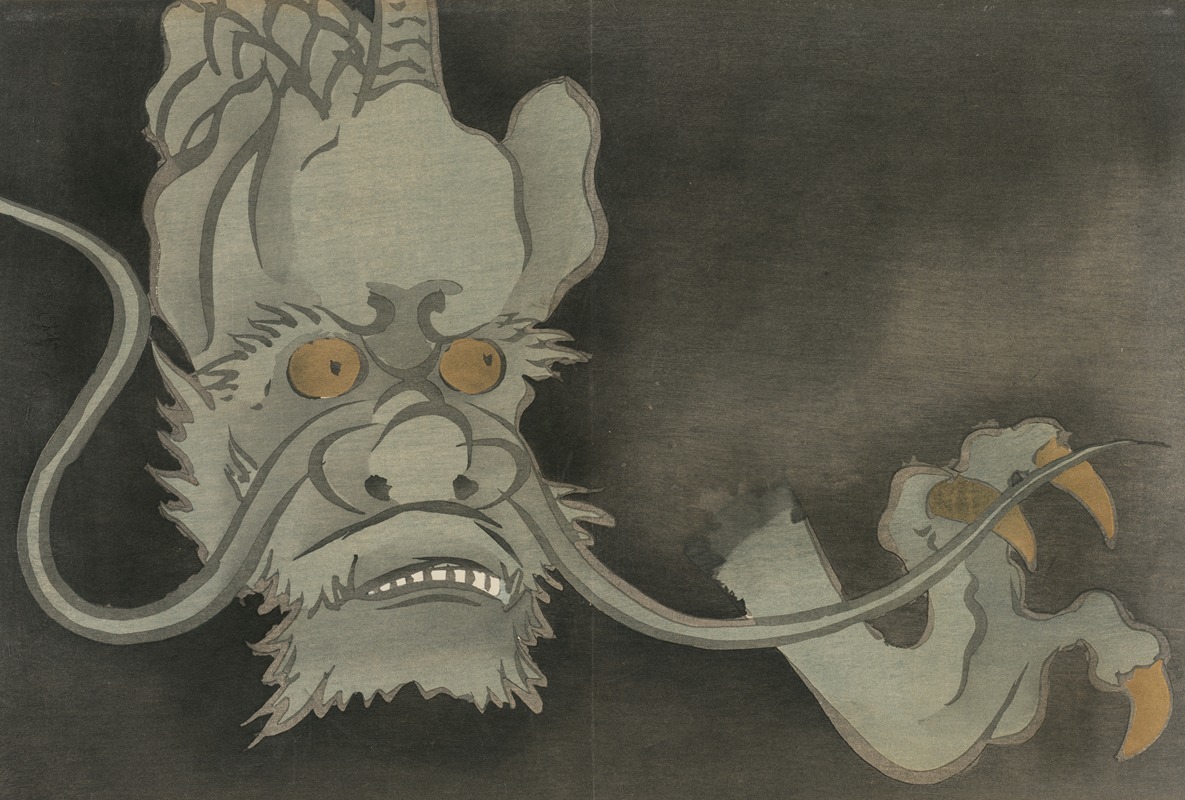
Dragon
A hand-painted replica of Kamisaka Sekka’s masterpiece Dragon, meticulously crafted by professional artists to capture the true essence of the original. Each piece is created with museum-quality canvas and rare mineral pigments, carefully painted by experienced artists with delicate brushstrokes and rich, layered colors to perfectly recreate the texture of the original artwork. Unlike machine-printed reproductions, this hand-painted version brings the painting to life, infused with the artist’s emotions and skill in every stroke. Whether for personal collection or home decoration, it instantly elevates the artistic atmosphere of any space.
Kamisaka Sekka (1866–1942) was a prominent Japanese artist and designer, known for his significant contributions to the development of the Rinpa school of painting. His work is celebrated for its innovative blend of traditional Japanese aesthetics with modern influences, which played a crucial role in the modernization of Japanese art during the late Meiji and Taisho periods.
One of Sekka's notable works is "Dragon," a piece that exemplifies his mastery in combining traditional Japanese themes with a modern artistic approach. Although specific details about the creation of "Dragon" are limited, it is reflective of Sekka's broader artistic style and philosophy.
Sekka was born in Kyoto, a city renowned for its rich cultural heritage and artistic traditions. He was deeply influenced by the Rinpa school, which originated in the early 17th century and is characterized by its vibrant colors, natural themes, and use of gold and silver leaf. The Rinpa school was known for its decorative style and emphasis on elegance and simplicity, elements that Sekka embraced and reinterpreted in his own work.
Throughout his career, Sekka was involved in various artistic endeavors, including painting, printmaking, and design. He was particularly interested in the application of traditional Japanese motifs in modern contexts, which is evident in "Dragon." This work likely features the dragon, a common motif in East Asian art symbolizing power, strength, and good fortune. Dragons are often depicted in dynamic poses, surrounded by swirling clouds or water, elements that Sekka might have employed to convey movement and vitality.
Sekka's contribution to Japanese art extended beyond his own creations. He was instrumental in the revival of the Rinpa school during a time when Japan was rapidly modernizing and Western influences were becoming more prevalent. By integrating Western techniques and perspectives with traditional Japanese art forms, Sekka helped to create a new artistic language that resonated with contemporary audiences while honoring Japan's cultural heritage.
In addition to his artistic achievements, Sekka was also an influential educator. He taught at the Kyoto Municipal School of Arts and Crafts, where he inspired a new generation of artists to explore the fusion of traditional and modern styles. His teachings emphasized the importance of innovation and adaptation, encouraging students to draw inspiration from both Japanese and Western sources.
Kamisaka Sekka's legacy is evident in the continued appreciation of his work and the enduring influence of the Rinpa school. His ability to bridge the gap between tradition and modernity has left a lasting impact on the world of Japanese art, making works like "Dragon" significant not only for their aesthetic qualities but also for their role in the evolution of artistic expression in Japan.





